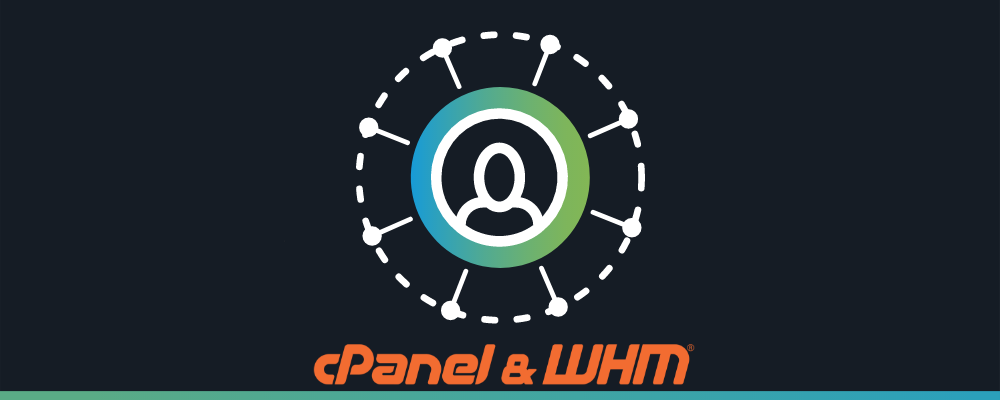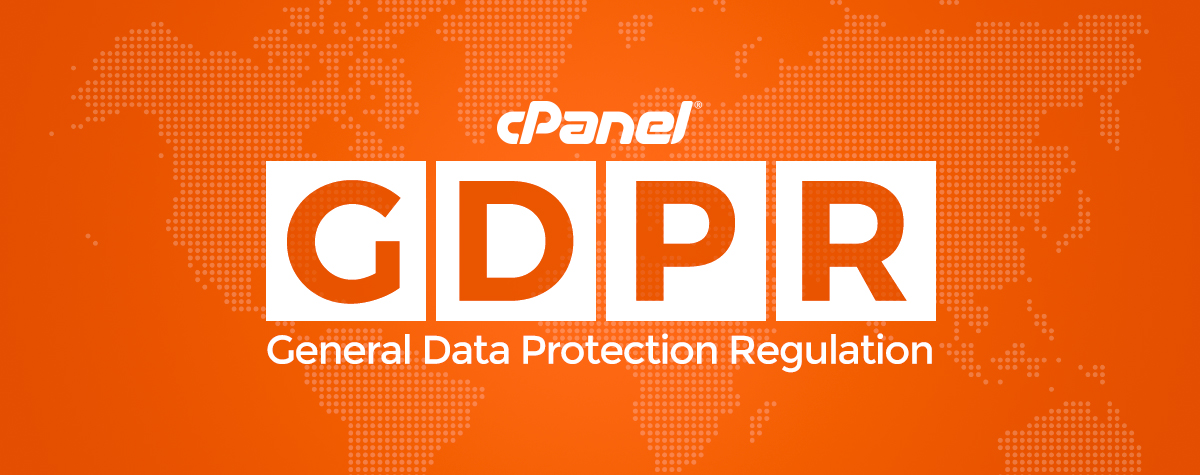3 Ways to Safeguard Your Company From a Ransomware Attack
Ransomware attacks have been around for decades, and they continue to wreak havoc on systems around the world.
However, gone are the days when biologists spread the ransomware attack PC Cyborg through floppy disks to innocent victims. Attacks have gotten bigger and more dangerous; we are now all too familiar with attacks like Osiris, CryptoLocker, and WannaCry, which collectively infected hundreds of thousands of computers in over 100 countries, costing millions of dollars in damage.
Ransomware attacks continue to be an issue due to the continual development of new techniques for infecting systems. We have seen a major increase in occurrences over the last few years, resulting in the constant development of techniques used to safeguard systems against these intrusive attacks.
How Ransomware Works
This type of malware is extremely frustrating to deal with, given its intrusive and hostile nature. This software runs illegally on systems to block users from accessing their data until they pay a ransom to the hacker.
This type of illegal threat to data often presents itself through a type of Trojan that exploits security loopholes in web browsers. Ransomware is typically embedded in plug-ins or email attachments that can spread quickly throughout a system once it is inside.
In order to combat this devastating situation, IT experts recommend that companies develop and implement solid ransomware protection strategies. Strategies should aim to prevent data loss resulting from Trojans like CryptoLocker and others under development.
Although several IT security professionals believe companies can enable ransomware protection by using network shares, ransomware is quickly being developed to access network shares, exploiting vulnerabilities in these systems to access information.
How to Protect Your Company from Ransomware Attacks
There may be instances where criminals attempt to attack the backup software itself. That’s why it’s important to develop a robust self-defense mechanism for backing up your file contents and preventing criminals from disrupting system applications. Some steps you can take to protect your data are:
1. Back Up Your Data with the Cloud
It is crucial for companies to routinely back up their locally stored data in order to prevent loss in the case of an attack. Traditional methods of backing up data consume many storage resources, which can negatively impact a computer’s performance.
Backing up your data is now easier due to the reliability and resiliency of cloud storage. Cloud technology streamlines the backup process, giving you the ability to back up your information frequently and easily.
2. Implement Virus Protection Programs
Active Protection programs work several ways to prevent unauthorized activity on your computers. First, they are designed to monitor the Master Boot Record in Windows-based systems. These programs prevent any changes from being made within the system, which would otherwise prevent you from being able to properly boot up your computer.
Many ransomware programs copy files and place them in AppData and LocalAppData folders while masking themselves as standard processes within Windows. To combat this, these programs prevent applications within these folders from being launched.
Additionally, it’s crucial for you to keep your operating system and applications updated. Many ransomware programs are designed to exploit software vulnerabilities, which can be closed by installing patches and updates.
3. Stay Secure With Cloud Storage
Clouds are typically just as safe and secure as private servers, and they are equipped with elaborate access control and encryption technology that can be expanded to meet all of your storage needs. In addition to protecting your data against ransomware attacks, clouds also contain security to protect your files and information against DDoS attacks.
Despite minor shortcomings in cloud storage, they’re great at protecting businesses from ransomware attacks. Clouds present scalability that allows users to keep up with constant development of malware technology. Although the nature of an attack is unlikely to change, the delivery methods used will continue to develop, and cloud services will be there to adjust quickly and provide constant protection.













